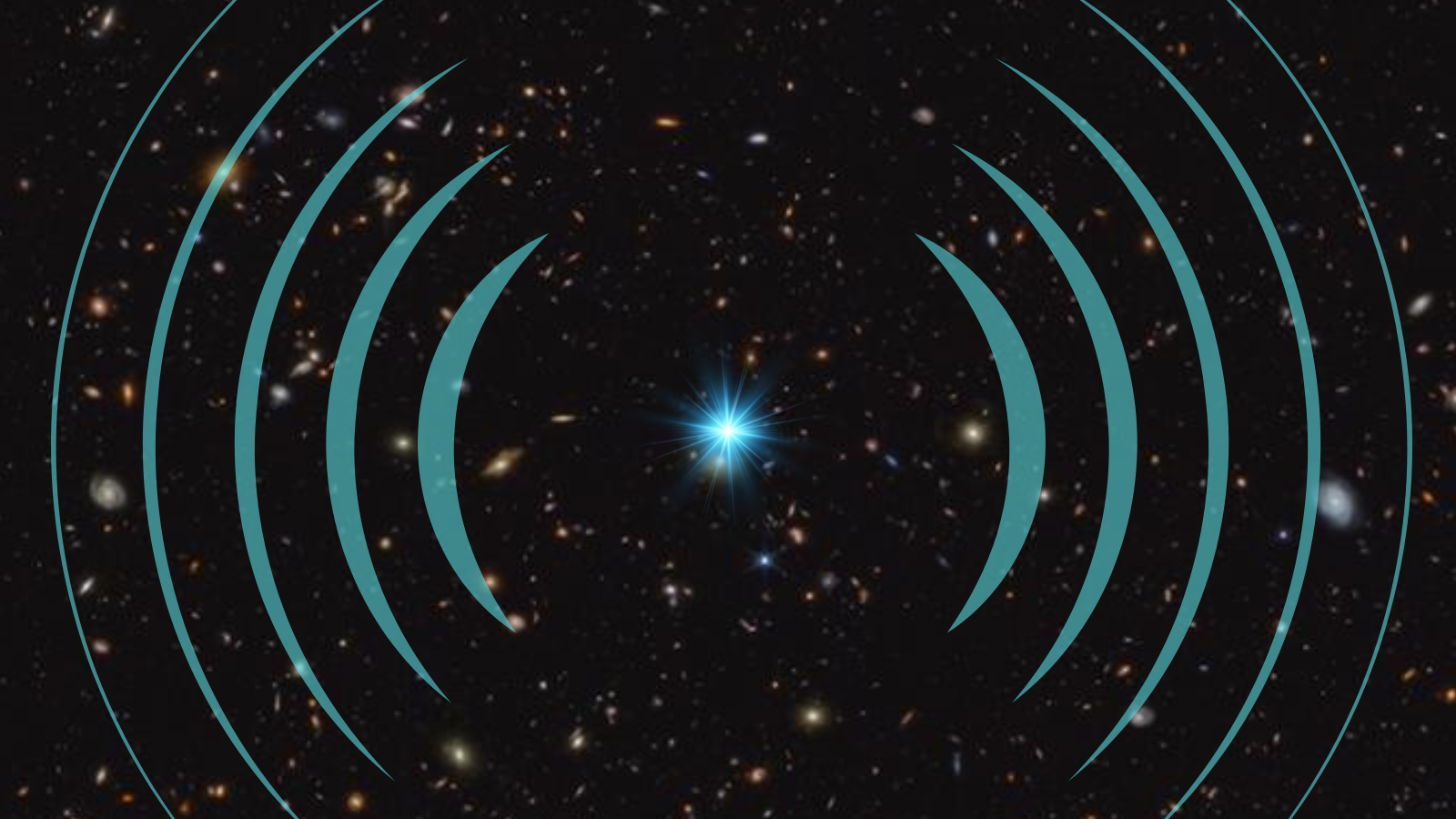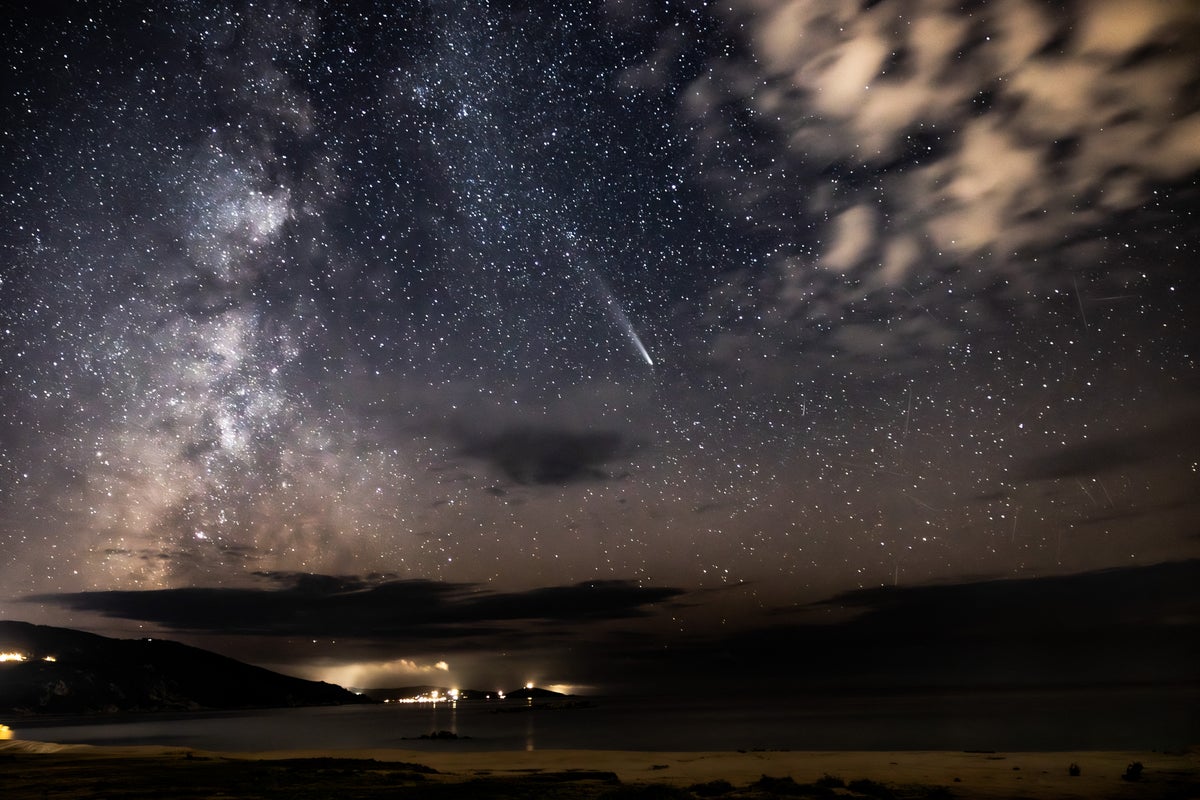Introduction
In a remarkable discovery, astronomers have used faint Early Universe Radio Signal from the early universe to estimate the masses of the very first stars that formed after the Big Bang. By analyzing the 21-centimeter (cm) radio signal emitted by neutral hydrogen atoms billions of years ago, researchers are shedding new light on the mysterious Cosmic Dawn—the period when the first stars and galaxies began to illuminate the universe.

Unlocking Ancient Cosmic Radio Signals
The breakthrough comes from an international team of scientists, including researchers from the University of Cambridge’s Institute of Astronomy. Their work, recently published in Nature Astronomy, demonstrates that the 21-cm hydrogen line can reveal vital clues about the mass and properties of the first stars. These stars, referred to as Population III stars, were dramatically different from stars we see today, consisting almost entirely of hydrogen and helium without heavier elements (metals).
Unlike modern observational tools like the James Webb Space Telescope that capture light, radio telescopes like those used in the REACH project and the upcoming Square Kilometre Array (SKA) collect data about cosmic radio waves. The team’s model shows that radio emissions from hydrogen, recorded over billions of years, can indirectly trace the influence of the universe’s first stars.
The Role of X-ray Binary Systems

One of the significant advancements of the study was factoring in the effects of X-ray binary systems — systems where one collapsed star interacts with its companion. These systems emit powerful X-rays that significantly influence surrounding hydrogen gas. According to the researchers, previous studies may have underestimated the impact of these binaries on the 21-cm signal, thus missing crucial insights into star formation during the Cosmic Dawn.
Professor Anastasia Fialkov from Cambridge explains that X-rays and ultraviolet light from these early stars altered the state of hydrogen gas, leaving a detectable signature in the form of radio waves. “The 21-cm signal, originating just 100 million years after the Big Bang, is very sensitive to the mass of these first stars,” Fialkov says.
REACH and SKA: Pioneering Radio Astronomy
The REACH (Radio Experiment for the Analysis of Cosmic Hydrogen) project, though still in its calibration phase, is already providing unprecedented insights into the universe’s first billion years. Working alongside REACH is the Square Kilometre Array (SKA), a massive radio telescope under development in South Africa and Australia that will further advance humanity’s ability to study the cosmos through radio waves.
Dr. Eloy De Lera Acedo, principal investigator for REACH, highlights the project’s importance: “The outcomes of this project will define the future of radio astronomy. Sites like the Karoo Desert in South Africa are playing a crucial role in this global scientific effort.”
Why Population III Stars Matter
Understanding the first generation of stars is crucial because they set the stage for all subsequent cosmic evolution. These early stars were likely much larger and more short-lived than today’s stars, producing the first heavy elements through supernova explosions. Their intense radiation also helped ionize the early universe’s hydrogen, ending the so-called “dark ages” and paving the way for the formation of galaxies.

By determining the masses of these first stars through radio signals, scientists hope to answer some of the biggest questions in cosmology: How did matter clump together to form galaxies? What processes led to chemical diversity in the universe? And how did black holes and supermassive objects form so early?
The Future of Cosmic Radio Exploration
As radio astronomy technology continues to advance, researchers anticipate even more detailed insights into the early universe. Instruments like the SKA will allow scientists to observe these ancient 21-cm signals with greater sensitivity and resolution, offering a direct window into the epoch of star and galaxy formation.
“This is just the beginning of a new era in our exploration of the cosmos,” said Professor Fialkov. “Radio observations will complement optical and infrared telescopes, providing a full picture of how the first stars and structures in the universe formed.”
Conclusion
The discovery that radio signals from the early universe can reveal the masses of the first stars marks a monumental step forward in our understanding of cosmic history. As new data continues to emerge from REACH, SKA, and other pioneering projects, scientists inch closer to unraveling the origins of the universe itself.
Related: More Breakthroughs in Space Research









